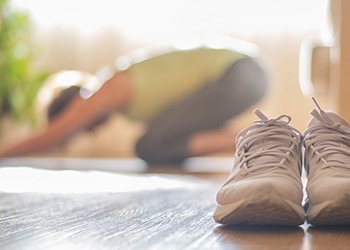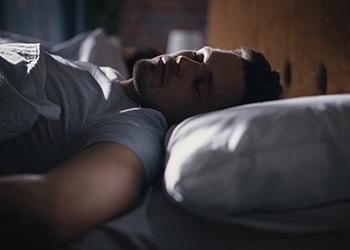Lower back pain is a common issue that affects many Australians, causing discomfort and limiting daily activities. While it can be challenging to deal with, incorporating certain habits into your daily routine can help manage lower back pain and improve your quality of life. Below, we’ll explore some effective daily habits that can help you manage lower back pain, allowing you to lead a more comfortable and active life.
1. Maintain Good Posture

One of the simplest yet most effective ways to manage lower back pain is to maintain good posture throughout the day. Whether you’re sitting, standing, or walking, keeping your spine aligned can prevent unnecessary strain on your lower back. When sitting, ensure your feet are flat on the floor and your back is supported by a chair with good lumbar support. When standing, distribute your weight evenly on both feet and avoid slouching.
2. Stay Active
Regular physical activity is crucial for managing lower back pain. Engaging in exercises that strengthen your core muscles can provide better support for your lower back. Activities like walking, swimming and yoga are gentle on the back and can help maintain flexibility and strength. Aim for at least 30 minutes of moderate exercise most days of the week. However, avoid high-impact activities that may worsen your pain.
3. Stretch Regularly

Incorporating stretching exercises into your daily routine can help alleviate lower back pain by improving flexibility and reducing muscle tension. Focus on stretches that target the lower back, hamstrings and hip flexors. Simple stretches like the cat-cow stretch, child’s pose and hamstring stretches can be highly beneficial. Stretching for just 10-15 minutes a day can make a significant difference in managing lower back pain.
4. Use Proper Lifting Techniques
Improper lifting techniques are a common cause of lower back pain. When lifting heavy objects, always bend your knees and keep the object close to your body. Use your leg muscles to lift, rather than your back. Avoid twisting your body while lifting, as this can strain your lower back. If an object is too heavy, don’t hesitate to ask for help or use lifting aids.
5. Sleep On A Supportive Mattress

The type of mattress you sleep on can significantly impact your lower back health. A supportive mattress that keeps your spine aligned is essential for managing lower back pain. While the ideal mattress firmness varies for each person, generally, a medium-firm mattress is recommended. Additionally, sleeping on your side with a pillow between your knees can help maintain spinal alignment and reduce lower back pain.
6. Stay Hydrated
Hydration plays a vital role in maintaining the health of your spinal discs. These discs, which act as cushions between your vertebrae, are primarily composed of water. Staying adequately hydrated helps keep these discs flexible and less prone to injury. Aim to drink at least eight glasses of water a day and more if you’re physically active or live in a hot climate.
7. Maintain A Healthy Weight

Carrying excess weight, especially around your midsection, can put additional strain on your lower back. Maintaining a healthy weight through a balanced diet and regular exercise can help alleviate lower back pain. Focus on eating a diet rich in fruits, vegetables, lean proteins and whole grains and avoid excessive consumption of sugary and fatty foods.
8. Practice Mindfulness And Stress Reduction
Stress and anxiety can exacerbate lower back pain by causing muscle tension and spasms. Incorporating mindfulness practices, such as meditation, deep breathing exercises and progressive muscle relaxation, can help manage stress and reduce its impact on your lower back. Taking just a few minutes each day to relax and clear your mind can be highly beneficial for managing lower back pain.
9. Use Heat And Cold Therapy

Applying heat and cold therapy to your lower back can provide relief from pain and inflammation. Use a heating pad or warm towel to relax tight muscles and increase blood flow to the affected area. Alternatively, apply a cold pack or ice wrapped in a cloth to reduce inflammation and numb the area. Alternate between heat and cold therapy for the best results, but avoid using them for more than 20 minutes at a time.
10. Seek Professional Help
If your lower back pain persists despite your best efforts, it’s important to seek professional help. A chiropractor may provide personalised treatment plans to address the underlying causes of your pain. They may recommend spinal adjustments, physical therapy or other treatments to help manage lower back pain. Regular visits to a chiropractor may help keep your spine healthy and reduce the frequency and intensity of lower back pain episodes.
Professional Lower Back Pain Management
Managing lower back pain requires a combination of healthy habits and lifestyle changes. Incorporating the above mentioned habits and seeking professional help when needed may help manage lower back pain and improve your overall quality of life.
If you’re considering chiropractic care or seeking further advice, Brisbane’s First Choice Chiropractic are here to help. Speak to our friendly team to discuss how chiropractic treatment along with daily self-care habits may help manage lower back pain and improve your quality of life.







